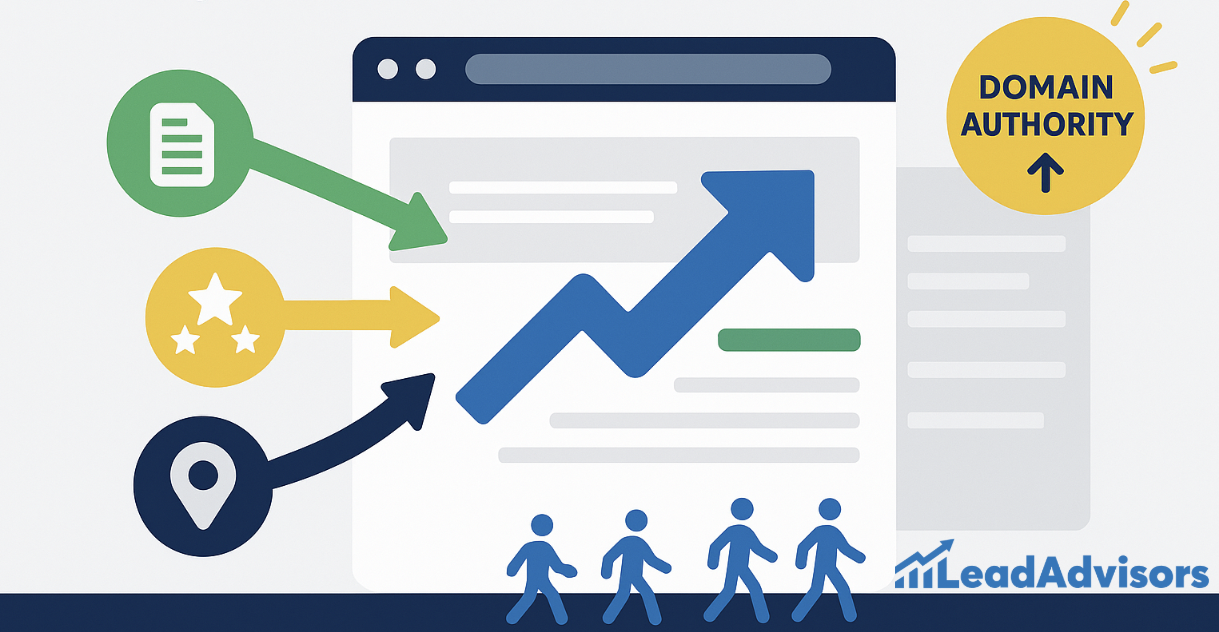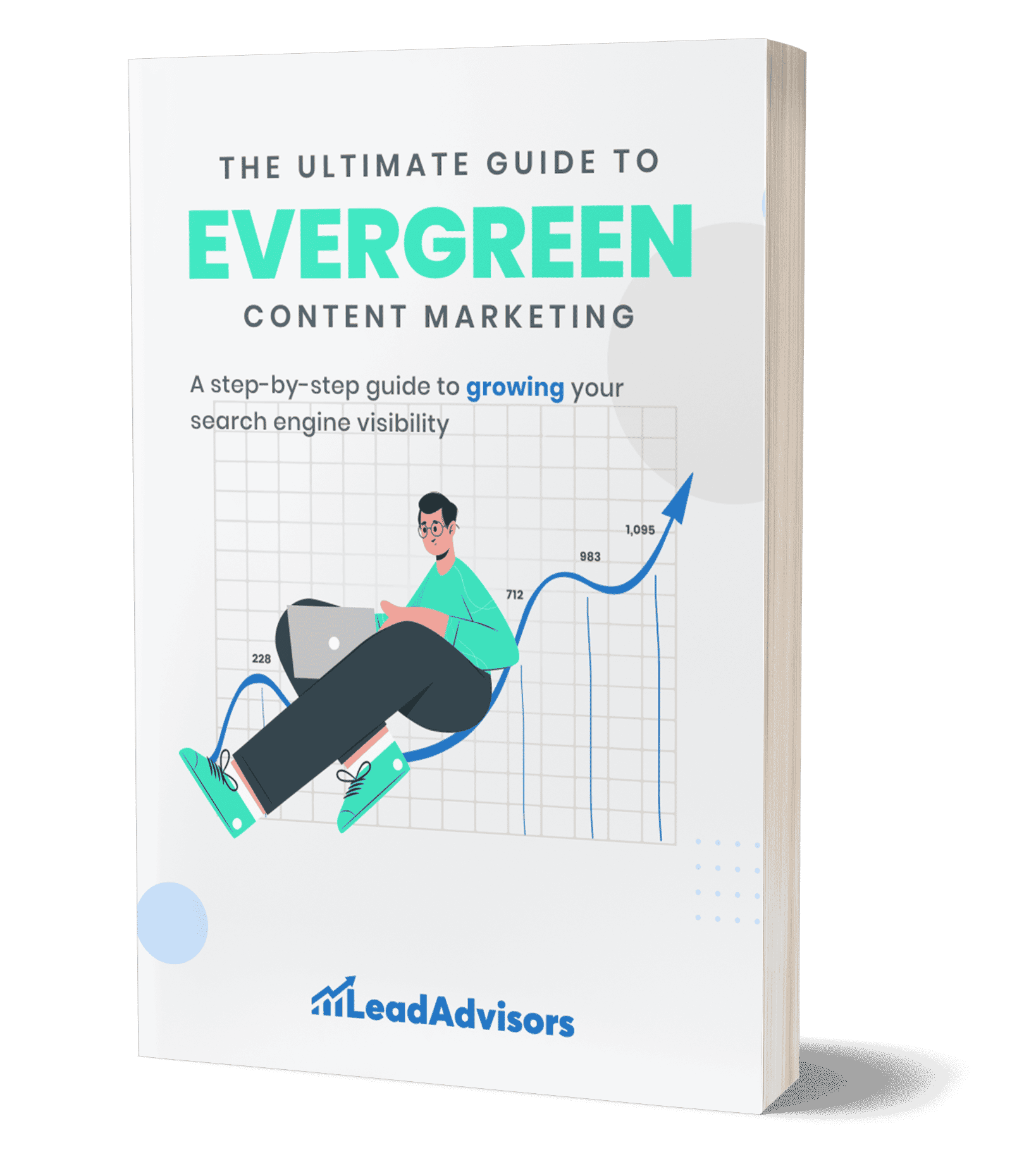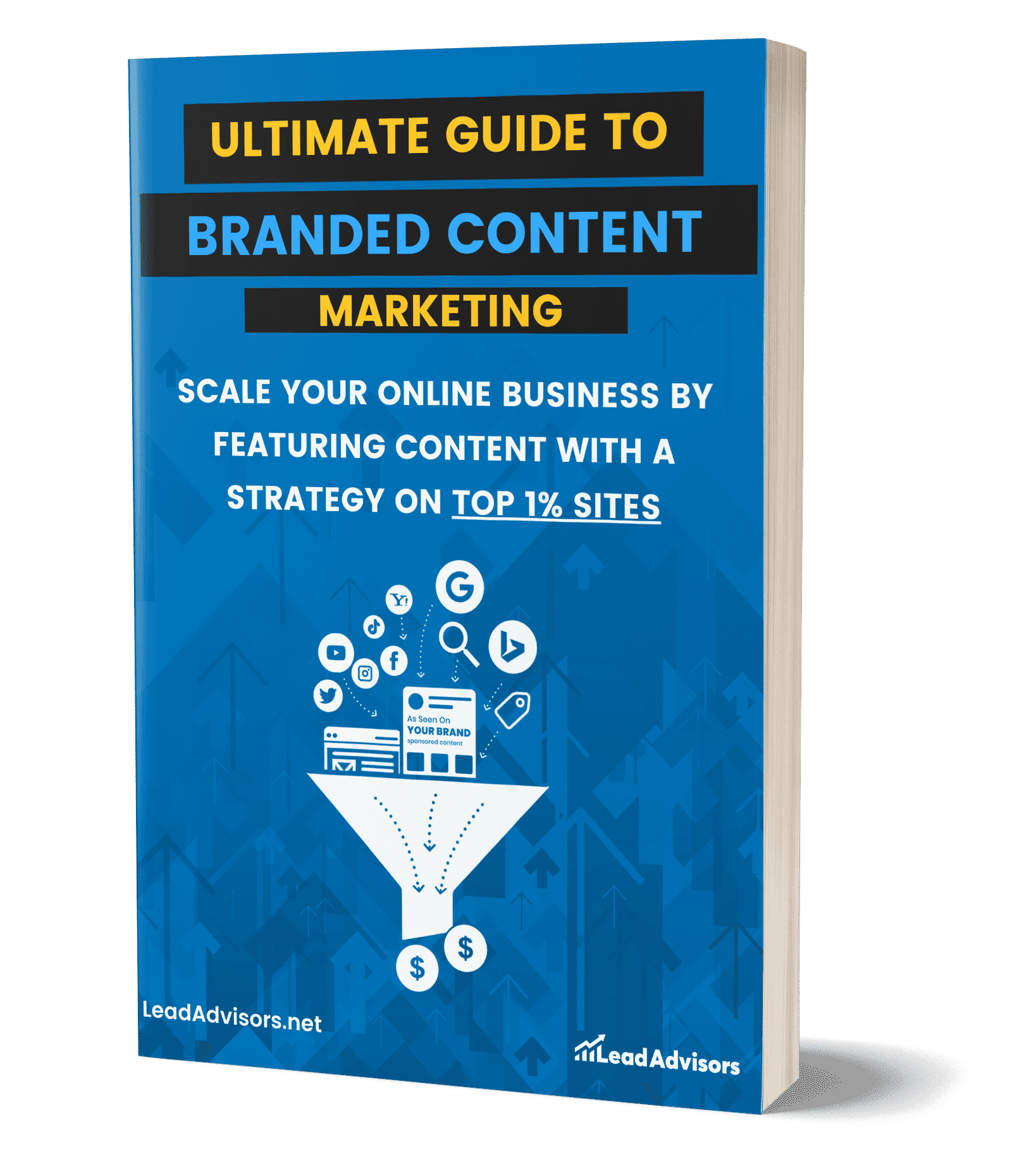When we talk about inbound links, we’re diving into one of the most talked-about topics in the world of SEO—and for good reason. These are the links that point to your site from other websites, and they’re kind of like digital votes of confidence. The more you get, the more search engines start paying attention.
But here’s the thing: not all inbound links are created equal. While some can boost your visibility on search engine results pages, others can quietly drag your rankings down without you noticing.
In this guide, I’ll walk you through what inbound links actually are, why they matter for search engine optimization, and whether or not they can hurt your SEO. We’ll also break down how to spot bad ones, how to attract high-quality inbound links, and how to build a link profile that search engines actually trust.
Let’s uncover the truth—together.
What Are Inbound Links?

Inbound links are basically incoming links from other websites that point directly to your web page. If someone writes a blog post and includes a link to your content—bam, that’s an inbound link.
You might also hear people call them backlinks, but the idea is the same: someone else saying, “Hey, this content is worth checking out.”
Now, let’s clear up the confusion between inbound links, outbound links, and internal links.
Type of Link | Direction | Description |
Inbound Links | From external websites → your site | Links that other websites use to point to your content. |
Outbound Links | From your site → other sites | Links you include on your site that lead visitors to other websites. |
Internal Links | Within your website | Links connecting one web page to another on your site are great for navigation and SEO. |
So why are inbound links such a big deal? Think of them as digital thumbs-ups.
When relevant websites or authoritative websites link to your content, they’re signaling to search engines that your content is trustworthy, valuable, and maybe even a bit awesome. That’s why we call them “votes of confidence.” The more high-quality inbound links you have from relevant sites, the better your chances of climbing those search engine results pages.
And yes, it’s not just about how many inbound links you have—but we’ll get into that soon.
Why Inbound Links Matter for SEO
Inbound Links Help You Rank on Search Engines
When inbound links play their part, they tell search engines that your content is worth ranking. A site with high-quality inbound links from relevant websites or authoritative websites sends all the right signals to search engine algorithms. And that can push your pages up on those search engine results pages.
They Drive Referral Traffic to Your Site
Inbound links don’t just impress Google—they also send real people your way. If someone clicks a link from another site and ends up on your page, that’s referral traffic. And that traffic? It’s super valuable because those users are already interested in what you offer.
They Boost Your Domain Authority and Trust

Think of inbound links as online endorsements. A few links to your website from high authority sites can do wonders for your trustworthiness in the eyes of search engines. This is where link authority and link profile quality start to shine.
Traditional SEO vs. Local SEO: What’s the Difference?
In traditional SEO, link-building opportunities usually come from industry blogs, news outlets, or authoritative websites. However, for local SEO, the focus shifts to local directories, niche online forums, and even local meetups. These relevant links tell Google you’re not just good—you’re local and legit.
Characteristics of High-Quality Inbound Links
Want to ensure you’re getting the good inbound links, not the ones that drag your rankings down? Here’s a simple checklist of what to look for when evaluating the inbound links pointing to your web page:
1. They Come from Relevant Websites
Relevance is everything. If your site is about financial planning, and you’re getting inbound links from relevant websites in personal finance or business, that’s golden. These relevant links help search engines understand your content better and improve your search results visibility.
2. The Domain Has Authority

A high-quality inbound link from authoritative websites is like a five-star review from an expert. The more trusted the linking page is, the more value it passes on to your site, strengthening your link profile and overall credibility.
3. The Anchor Text Feels Natural

We’ve all seen those awkward, keyword-stuffed links that scream spam. Yeah… don’t be that site.
Anchor text should blend naturally into the content. Keyword-rich links are fine as long as they make sense and don’t disrupt the reader’s flow.
4. It’s Embedded in Real Content
Here’s a secret: where the link shows up matters a lot. Links dropped into footers or sidebars? Meh.
But if someone references your site within the body of a blog post or article, that context boosts its value. Search engines love links to your website that are actually useful to readers.
5. Your Link Profile Shows Diversity and Growth
Think of your link profile like a garden—you want a mix of flowers, not just one type. Getting links to your website through guest posting, online forums, local directories, and other pages shows natural, healthy growth. This helps you avoid being flagged for link schemes and signals to search engine algorithms that your site is legit.
Keep these five traits in mind when evaluating or building links. Trust me, this is how you create a foundation of quality inbound links that will last.
What Makes a Harmful or Low-Quality Inbound Link?
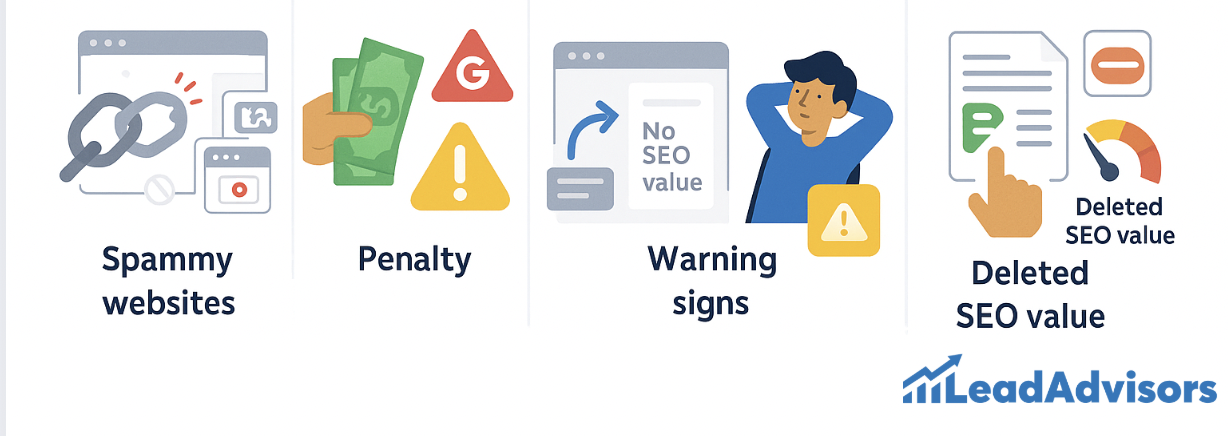
Let’s be honest—just because you get inbound links doesn’t mean they’re helping your SEO. In fact, many inbound links could be dragging you down without you realizing it.
Time to break down some common misconceptions
Myth: Any Inbound Link is a Good Link
Reality: Spammy links from irrelevant or shady external websites can hurt your SEO.
Not all incoming links are gold. If a link comes from a totally unrelated site—or worse, a site built solely for SEO manipulation—it might flag your link profile as suspicious. Search engines are way smarter than they used to be, and they don’t reward irrelevant or forced links.
Myth: Buying Links Will Boost Your Rankings Quickly
Reality: This is one of the oldest tricks in the book—and a risky one. Google cracks down hard on link schemes, including paid links to your website and excessive reciprocal linking. Sure, you might see a short-term lift, but it could come at the cost of long-term visibility.
Myth: Nofollow Links Are Just as Powerful

Reality: While nofollow links can send referral traffic, they usually don’t pass on SEO value like high-quality backlinks. If you’re investing in guest blogging or digital PR, prioritize dofollow anchor text that feels natural and helpful.
Myth: Google Will Handle Bad Links for You
Reality: Not entirely. Yes, Google is better at detecting and ignoring low-value bad links, but it’s still smart to audit your link profile regularly using tools like Google Analytics or Search Console. If anything looks off, don’t ignore it.
Myth: Disavowing is Always the Answer
Reality: The disavow tool can be a lifesaver—but only when used correctly. Only disavow links to your website when you’re confident they harm your rankings. If used carelessly, it could remove value instead of protecting it.
Pro tip: Avoid shortcuts. Build trust through genuine link-building strategies like guest posting on relevant websites, not buying your way up the search engine results pages.
How to Build High-Quality Inbound Links
So now you know what to avoid—let’s focus on what actually works. If you’re wondering how to build inbound links that drive real results (and not just vanity metrics), these proven strategies will help you grow a trustworthy link profile over time.
From crafting valuable content to smart link-building tactics, here’s how to do it the right way:
A. Content Strategies
High-quality content is at the heart of every successful link-building campaign. You can’t earn high-quality inbound links without giving other websites something worth linking to.

Create Original, High-Value Content
Start with the basics: make your website’s content so good that people want to link to it. Think comprehensive guides, how-to articles, case studies, and fresh takes on trending topics. The more actionable and insightful your content is, the easier it becomes to naturally attract links to your website.
Publish Data-Driven Research
People love linking to stats. If you can run your surveys, research, or compile interesting insights, you’ll become a go-to reference source for other pages, blogs, and even authoritative websites. That means more inbound links that elevate your search engine results.
Shareable Assets Like Infographics or Tools
Website owners and bloggers are constantly looking for easy-to-share visuals and resources. Create infographics, calculators, templates, or any other tool that provides real value. These can generate links to your website organically, especially if they’re embedded in a helpful blog post.
B. Relationship & Outreach Strategies
Yes, content is king—but relationships are the kingdom. Building connections with people in your space creates natural link-building opportunities and stronger anchor text placement.
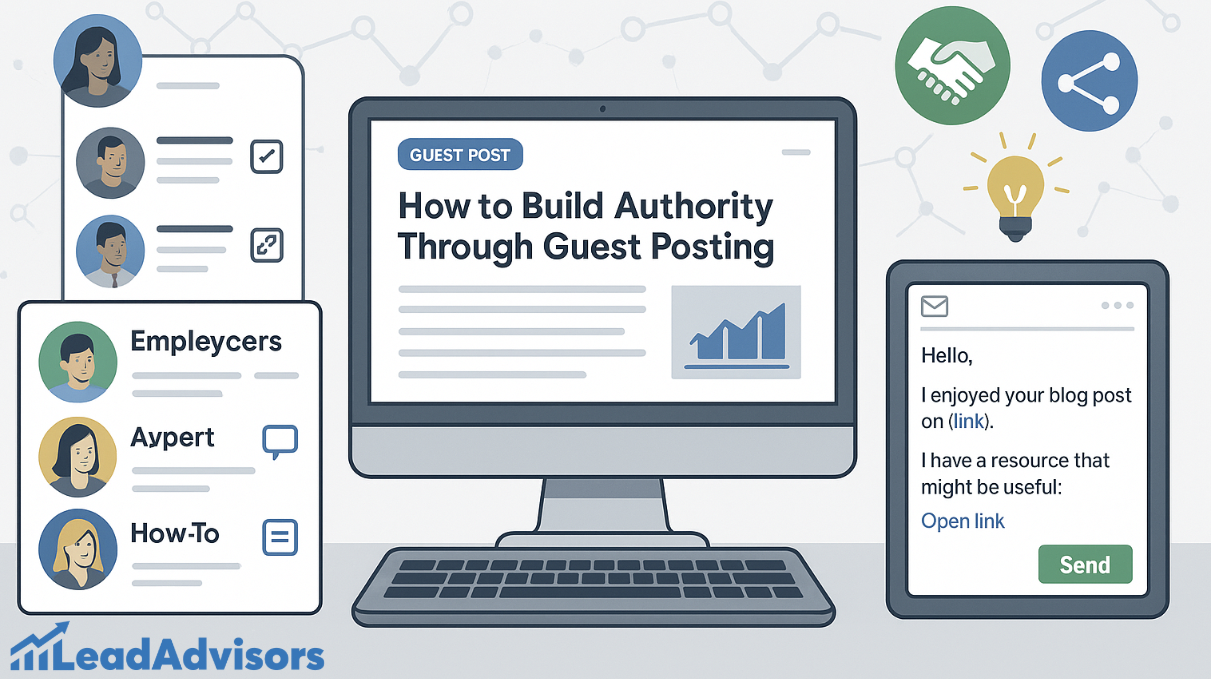
Guest Posting on Relevant Sites
Guest posting (also known as guest blogging) is still one of the most reliable ways to earn quality inbound links. Find relevant websites in your niche, pitch content related to their audience, and include a well-placed, contextual link back to your site. It’s great for exposure, branding, and trust-building.
Collaborate with Influencers & Experts
Co-author articles, feature expert roundups, or interview specialists in your field. Not only will you gain high authority backlinks, but these collaborators will also likely share and link to your content across their networks, boosting referral traffic and visibility.
Personalize Your Outreach
Nobody wants another generic email. Reach out to website owners with personalized, value-driven messages. Reference a recent blog post they wrote, suggest a helpful resource (your content), and explain how it benefits their audience. Authenticity leads to higher success rates.
C. Local Link-Building Tactics
If you’re targeting specific geographic areas, local directories and neighborhood connections are necessary for search engine optimization SEO and community credibility.

Sponsor Local Events or Nonprofits
This is one of the best-kept secrets for earning quality inbound links. When you support community initiatives, you’ll often get featured on event pages or in press releases distributed by organizers—plus those links can carry strong local authority.
Leverage Personal & Employee Networks
Think of school affiliations, professional organizations, or volunteer work. Encourage your team to mention your site on relevant bios or group websites. These are natural, trusted, relevant links from relevant sites.
Join Local Business Associations
Groups like the Chamber of Commerce or niche industry coalitions often have authoritative websites with member directories. Being listed gives you both a local reputation boost and a valuable inbound link.
Get Featured by Local Bloggers or Media
Connect with local journalists, niche bloggers, or community news platforms. Pitch a story, share an event, or offer a unique perspective. If they publish it, you’ll gain links to your website with strong local relevance.
D. Technical & Competitor Tactics
These strategies help you uncover hidden link opportunities and fix the gaps in your link profile.
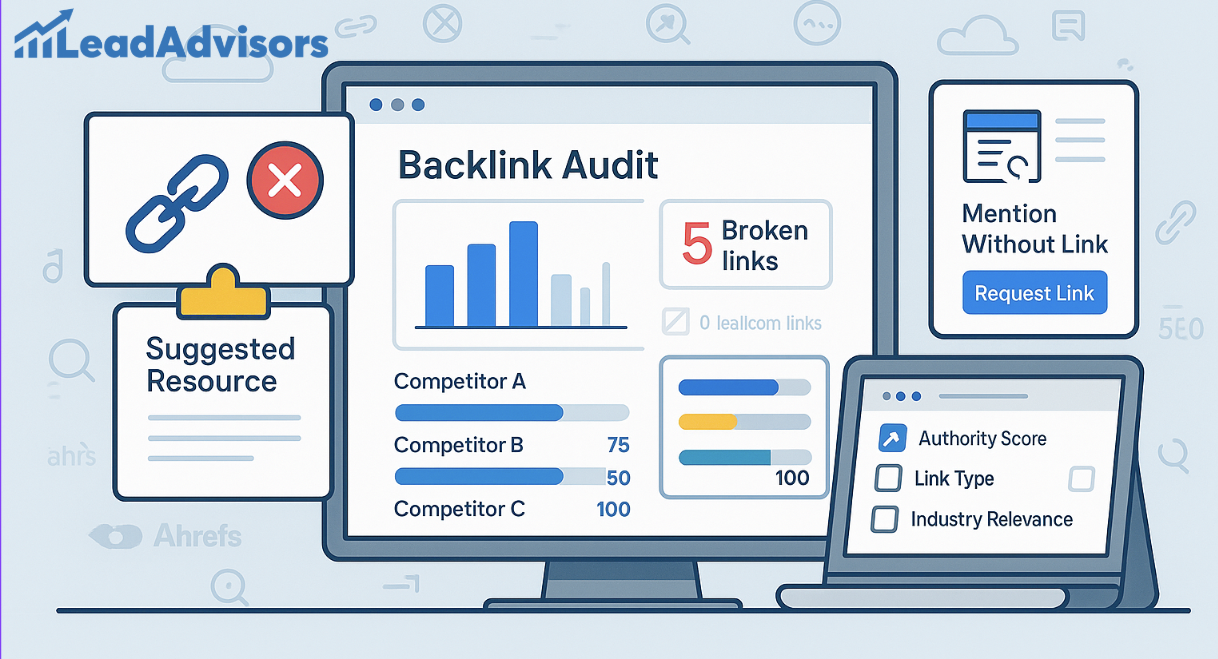
Broken Link Building
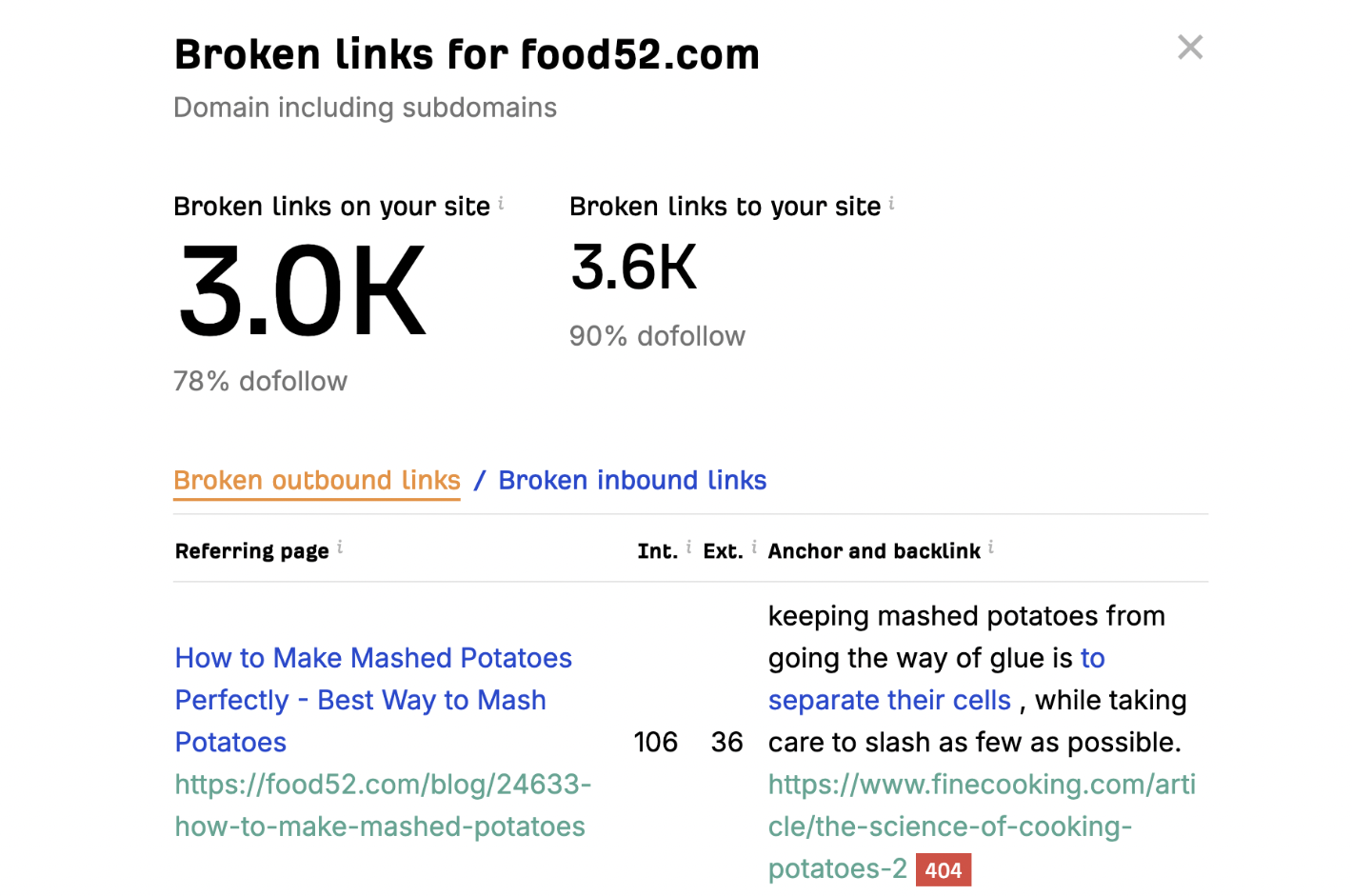
Find broken links on other websites—especially in your niche—and suggest your own high-quality content as a replacement. This not only helps the site owner but also gives you a contextual inbound link with minimal friction.
Link Reclamation
If your brand has ever been mentioned without a link, reach out and request one. These low-effort, high-reward link acquisition tactics help you reclaim what you’ve already earned.
Analyze Competitor Backlinks

Using tools like Ahrefs or SEMrush, study your competitors’ link profiles. Where are they getting high-quality backlinks? Are they using guest blogging, media features, or online forums? Use their strategy to inform your next steps.
Use SEO Tools to Prioritize Outreach
Not all links to your website are equal. Use tools to filter for relevant websites with strong authority so you’re not wasting time on low-value spammy links or link schemes.
Whether you’re fixing broken links, experimenting with guest posting, or building presence through local directories, strategic link building takes time, but it pays off in long-term search engine results and domain authority.
Maintaining and Monitoring Your Link Profile
You’ve worked hard to earn those inbound links—now it’s time to protect them. Think of this checklist as your maintenance plan for keeping your link profile clean, strong, and effective long-term.
Step 1: Run Regular Backlink Audits

Use tools like Ahrefs, Moz, or Google Analytics to get a snapshot of your link profile. Check for:
- New links to your website
- Sudden drops in search engine results
- Unexpected anchor text patterns
This helps you avoid issues before they affect your search engine optimization SEO.
Step 2: Spot and Handle Toxic Links

If you see spammy links, irrelevant incoming links, or anything coming from low-authority external websites, take note. These bad links can weigh down your site.
What to do:
- Reach out to the linking page owner
- Use Google’s Disavow Tool only if necessary.
- Document the changes as part of your quarterly check-ins
Step 3: Track Referral Traffic & User Behavior

Not all inbound links are equal. Head to Google Analytics and review how each link performs:
- Are users clicking through?
- How long are they staying?
- Are they bouncing immediately?
This helps you spot high-quality inbound links worth nurturing—and those that need a rethink.
Step 4: Maintain Steady Link Growth
Search engines love gradual, natural growth. Avoid sudden bursts of new links that could look artificial. Instead:
- Build slowly via guest posting
- Try broken link building techniques.
- Stay active in link-building opportunities like interviews, podcasts, and other websites.
Step 5: Schedule Quarterly Outreach
Make it a habit to revisit your link profile every quarter. During your audit, also:
- Reconnect with partners for fresh guest blogging
- Contact relevant websites that mentioned you but didn’t link to you.
- Look for link reclamation and link acquisition opportunities
This checklist keeps your SEO strong and your inbound links doing what they should: lifting your site higher in the search engine results pages.
Conclusion: Inbound Links and Your SEO Strategy
Inbound links remain a cornerstone of any solid search engine optimization strategy. But it’s not about collecting as many inbound links as possible—it’s about earning the right ones.
Focus on high-quality inbound links from relevant sites, use ethical link-building methods like guest posting and broken link building<span style=”font-weight: 400;”>, and make sure your link profile stays clean with regular checkups using tools like Google Analytics.
Remember, search engines are more intelligent than ever. They care about context, credibility, and quality. So instead of chasing every link, build connections with other websites that actually align with your content, and keep growing your authority the right way.
By sticking to these best practices, you’re not just boosting your rankings on search engine results pages—you’re building a lasting reputation.



